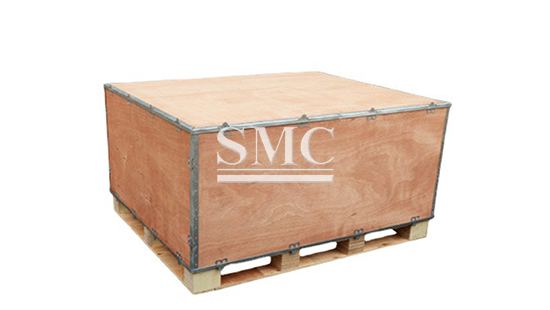
- Company overview The heart of SMC Vision & Philsophy Partnership Certifications Company culture
- Our service Design and Engineering Maintenance and Service Examine Production Line Upgrade and Transformation Storage and Logistics Processing, Trading and Distributor
- Management Our history Global responsibility Info Center
- Procurement center Internship
- Metal Steel Products Stainless Steel Products Aluminum Products Copper Products Galvanized Steel and PPGI Special Alloy Building Material
- Containers ISO Standard Container Equipment Container Storage Container Container House Refrigerated/Reefer Container Offshore Container Tank Container Container Fittings Container Trailer
- Gas Cylinder & Fire Extinguisher Cryogenic Liquid Cylinder Oxygen Gas Cylinder Storage Tank CNG Gas Cylinder LPG Gas Cylinder Hydrogen Gas Cylinder Nitrogen Gas Cylinder Industry Gas Cylinder Fire Extinguisher
- Metal Machinery Forming Machine Other Machinery Cutting Machine Processing Machine Bending Machine Block Machine Motor Spare Parts
- Mechanical Products Vehicle Industry Miscellany Mooring Equipment Marine Equipment Pressure Vessel Conveyor Belt Laser Equipment Bearing
- Electrical System Electrical Cable Automation Power Distribution Solar Power System Electric Protection System Transformer Production Line Lighting System
- Project Fiberglass Reinforced Plastic Plastic Pipes and Pipe Fittings Pontoon System
Zirconium Crucible/ Zr Crucible
Grade:Zr-3 (R60702),Zr-5 (R60705)/ Zr702 Zr705
Size: Customized
Standard: GB/ T8769-2010 GB/ T26314-2010 GB/ T21183-2017 ASTMB511
Shanghai Metal Corporation is a leading manufacturer and supplier of Zr crucible.
Zirconium is a transition metal that is most commonly used as a refractory for high-temperature applications; owing to its extremely high melting point of approximately 1855°C (3371°F). It owes its corrosion resistance to the formation of an extremely stable zirconium oxide (ZrO) film at the metal-air interface, which makes the underlying metal inert in the presence of most acids and alkalis.
With proper care, zirconium crucibles can last for more than 100 fusions. They should be checked before their first use for manufacturing flaws such as cracks or pits.
If you want to know more about Zr crucible price please feel free to contact us, we will reply you within 24 hours


Technical Information of Zirconium crucible/Zr crucible:
Sponge zirconium - Melting - Blank forging - Sawing - Grinding - Finished product forging - Heat treatment - Destructive testing - Machining - Inspection - Finished product
Process type: machining, welding


Packaging of Zirconium crucible/Zr crucible:
The packing is in wooden cases with pearl cotton. Different specifications of the packaging is different, there are manually cut pearl cotton, there are also mold done pearl cotton. The outside is packed in wooden cases.



More of Zirconium crucible/Zr crucible:
As the crucible is used the bottom becomes thinner, and when it is thin enough so that it can be flexed with finger pressure, the crucible should be checked before each use for pinholes around the edge of the bottom. Discard any crucible that has a pinhole; the thin edge of a pinhole is particularly susceptible to attack by sodium peroxide.
Also, do not use crucibles with thin bottoms to fuse samples that may autofuse. Extending the fusion time for a sample increases the attack on the crucible, which in turn shortens the life of the crucible and increases the amount of zirconium introduced into the sample.
In general, the crucible and its contents will come to red heat within about 3 min. The melt in the crucible should then be swirled and the bottom examined for sample particles. The fusion is assumed complete when no more sample particles can be found. Some samples are not so easily distinguished, and only experience with that sample type can form a basis for judging completion.
here
for
price






















